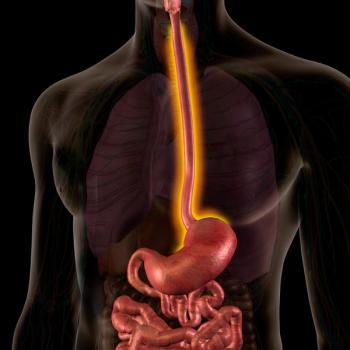
Attacking PRPS Enzymes Offers Hope for Treating Fast-Growing Myc-Driven Lymphomas
Researchers found that altering key enzymes involved in redox balance could disrupt the metabolism of Myc-driven lymphomas, which offers a potential new strategy to treat aggressive cancers.
Researchers of a recent study published in Redox Biology discovered that
This approach reveals a potential new way to treat these aggressive cancers by interfering with the metabolic processes that help them grow and survive.
In B cell lymphomas driven by the Myc gene, cancer cells undergo major metabolic changes to support rapid growth and division.
Myc acts as a powerful switch, turning on genes that increase the production of energy, proteins and DNA building blocks such as nucleotides.
These changes help the cancer cells grow quickly but also place stress on the cell’s internal systems, particularly those that manage oxidation and reduction reactions, which is known as redox balance.
Redox balance refers to how cells manage the constant flow of electrons during chemical
These reactions are essential for producing energy and handling cellular stress. When this balance is disrupted, reactive oxygen species (ROS) build up, leading to oxidative stress.
While this stress can damage healthy cells in cancer, it can also drive tumor growth, help cells resist treatment and increase their ability to spread.
In this cancer, a chromosomal change places the Myc gene next to the immunoglobulin heavy chain gene, leading to uncontrolled production of the Myc protein.
Since then, Myc overactivity has been linked to many fast-growing cancers.
However, high Myc activity alone does not cause cancer, which means additional changes are needed for tumors to develop.
Either way, Myc’s primary role in cancer cell metabolism makes it an important target for research and treatment.
While researchers have studied how Myc affects different parts of metabolism, they still don’t fully understand how all these parts work together to control redox balance.
In this study, scientists looked closely at PRPS enzymes, which are involved in nucleotide production and are also tied to redox processes.
PRPS exists in two forms: PRPS1 and PRPS2. The study found that they have opposite effects on redox control in cells with high Myc activity.
The researchers discovered that when Myc is overactive, it triggers two pathways: mitochondrial oxidative phosphorylation (OXPHOS) and the oxidative branch of the pentose phosphate pathway (oxPPP).
Both pathways support rapid growth but also increase oxidative stress.
PRPS1 and PRPS2 help manage this stress while ensuring that cells continue producing the nucleotides they need.
Researchers of this study found that Myc shifts the balance between these two enzymes, which increases PRPS2 levels.
Unlike PRPS1, PRPS2 is less sensitive to feedback signals that usually slow down nucleotide production, allowing the cell to keep up with the high demand for building blocks even under stress.
These findings are significant because they show how Myc-driven cancer cells can survive by rewiring both their energy use and their internal stress responses.
The results also help explain why certain immune diseases—such as severe combined immunodeficiency (SCID) and Charcot-Marie-Tooth disease—may be linked to PRPS mutations.
In addition, the study shared how some immunosuppressing drugs, such as mycophenolic acid—sold under names such as Myfortic and CellCept—and Ridaura (auranofin), work by targeting these redox and nucleotide pathways.
This study has many strengths.
For example, it shows how Myc changes the metabolism of cancer cells, linking energy production, redox stress and nucleotide synthesis.
It also identifies specific enzymes—such as PRPS1 and PRPS2—as key players in this process.
By explaining how the balance between these enzymes shifts under Myc control, the study highlights the biology of cancer and suggests possible options for future treatments.
However, most of the experiments were done in lab-grown cells, which may not fully reflect what happens in the human body.
It’s suggested that additional studies in animal models and human samples are needed to confirm these results.
Researchers also recommend that future work should focus on how changing the balance between PRPS1 and PRPS2 could lead to new treatments for Myc-driven cancers and related immune system diseases.
Newsletter
Get the latest industry news, event updates, and more from Managed healthcare Executive.

















































